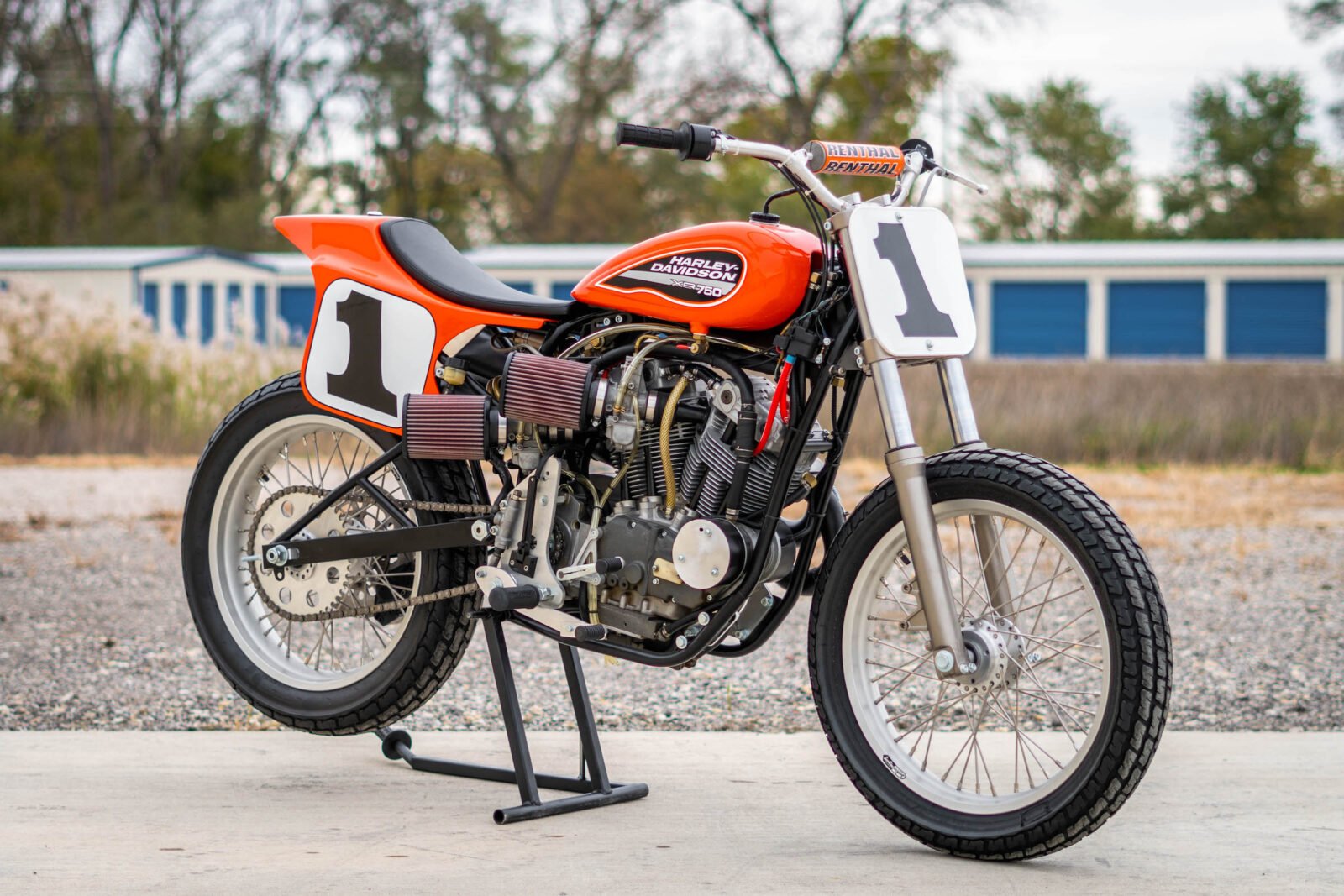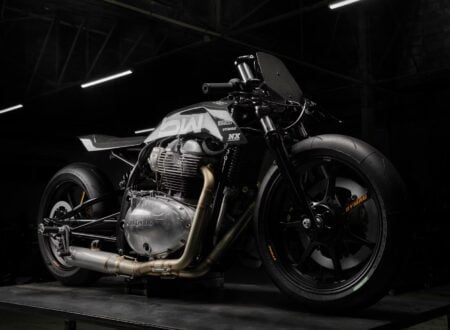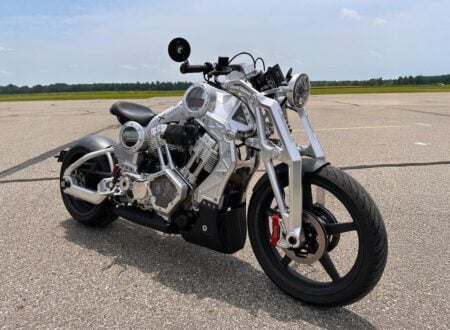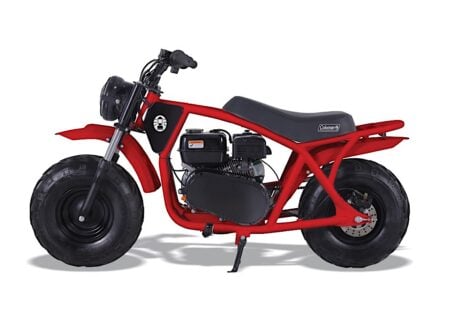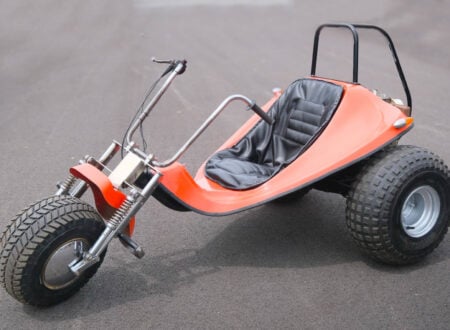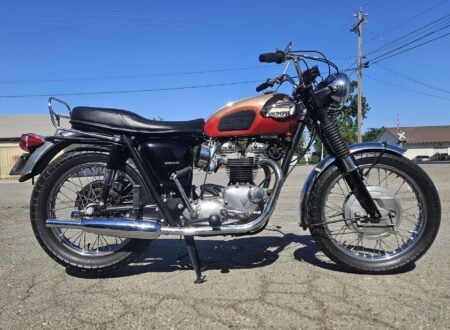Although it’s a controversial thing to say to an American, the Harley-Davidson XR750 only really exists because of the British. Now before you start heating the tar and plucking yourself some feathers, hear me out.
The Harley-Davidson XR750 – A History Speed Run
The AMA Grand National Championship Class C rules which governed flat track racing for countless decades carefully stipulated that flathead and side-valve engines could have a swept capacity of up to 750cc, whereas overhead valve (and overhead cam) engines were limited to 500cc.
This was initially done to ensure that even amateur competitors who could only afford to buy the simpler and far more commonplace flathead or side-valve powered motorcycles a chance to compete. This rule also had the somewhat fortunate side effect (for American motorcycle manufacturers) of limiting foreign motorcycle entries, mostly from Britain who typically favored OHV engine designs.
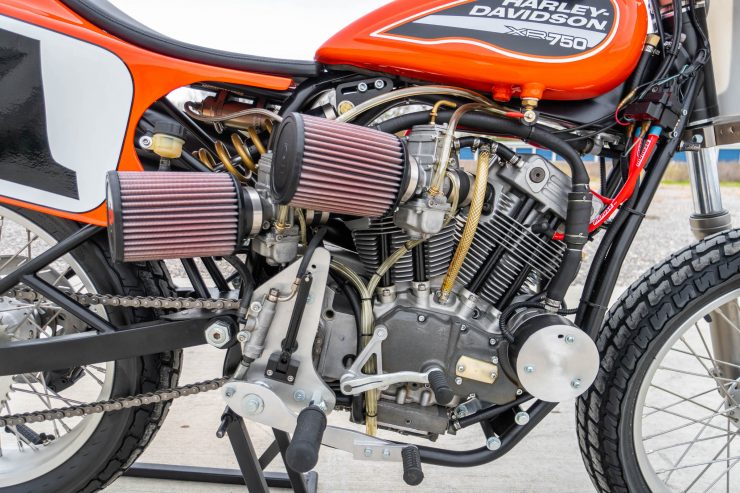
As a result of the Class C rules, the Harley-Davidson KR series of motorcycles essentially became the de facto choice for most successful riders, and this would remain the case for decades – until the major British manufacturers somehow managed to convince the American Motorcyclist Association (AMA) to change the rules.
The new rules allowed a maximum capacity of 750cc with no restrictions on valve location or orientation. Harley-Davidson were caught somewhat flat-footed by this change and they didn’t have time to develop a new engine – so they took the 900cc V-twin from their popular Sportster model series and modified it with new barrels, connecting rods, and a series of other parts to improve performance and reduce capacity to the 750cc mark.
Although they showed some promise, these early parts-bin engines lacked the performance that was needed, and they were prone to overheating. So much so that they became known as “waffle irons”. In 1972 the engine was once again redesigned, this time with alloy heads and barrels to help with heat dissipation and weight.
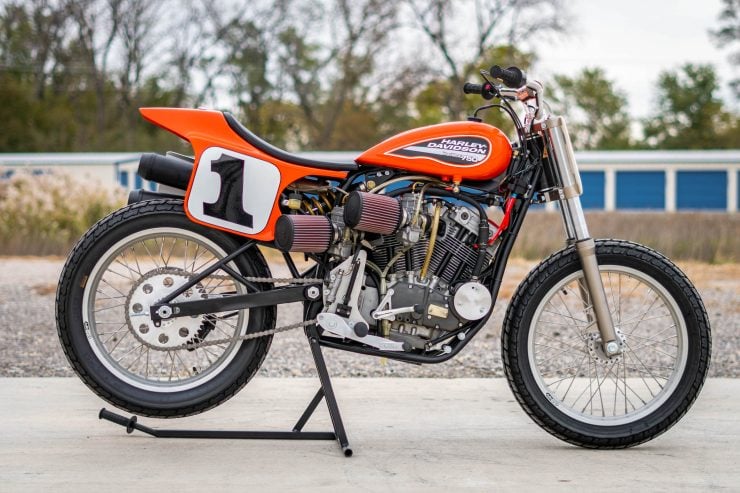
The frame and suspension were sourced from the Harley-Davidson XRTT road racer, a twin steel tube cradle, Ceriani telescopic front forks and twin Girling shock absorbers in the rear. There was no need for a front brake so almost all XR750s don’t have one, giving them a characteristically minimalist front end.
The development of the XR750 didn’t stop in 1972, a series of upgrades were made consistently over the lifetime of the model, leading to it becoming what may very well be the most successful racing motorcycle of all time. The XR750 won 29 of the 37 AMA Grand National Championships from 1972 till 2008 – an unparalleled run of success.
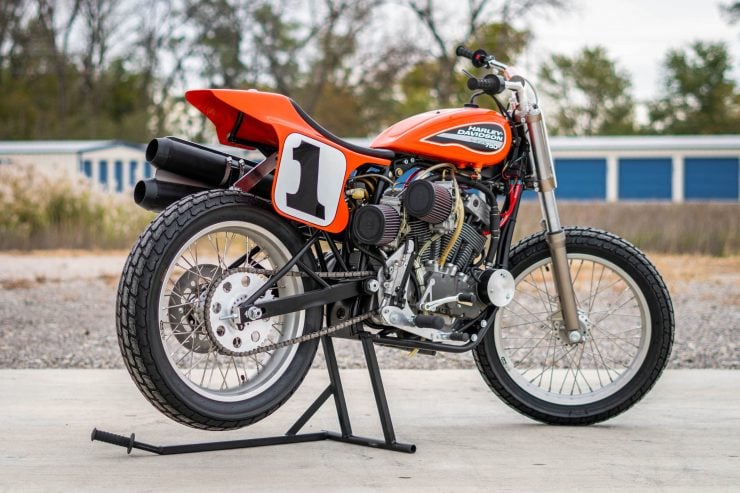
This 1996 Harley-Davidson XR750 – A Restored Racer
This 1996 Harley-Davidson XR750 has been beautifully restored by the team at Vintage Iron in California. As a 1996 model it benefits from decades of design upgrades and performance improvements, resulting in a motorcycle that is considerably faster than the original XR750 of the early 1970s.
With a lightweight 4130 chromoly frame, a monoshock rear, an all aluminum-alloy V-twin, and a single rear disc brake the latter examples of the XR750 like this are lighting on dirt tracks. Perhaps the most famous aspect of the XR750 is the twin exhaust pipes on the left side, with the oversized twin air filters on the right side, attached to twin carburetors.
The simplicity of the fiberglass fuel tank and seat section has won the XR750 legions of fans over the years, as well as legions of people who have customized their Sportsters to look like flat trackers using one of the available kits online.
If you’d like to add an as-new Harley-Davidson XR750 to your collection this one will be up for auction with Mecum in late January. There’s no estimate listed currently, you can click here to read more or register to bid.
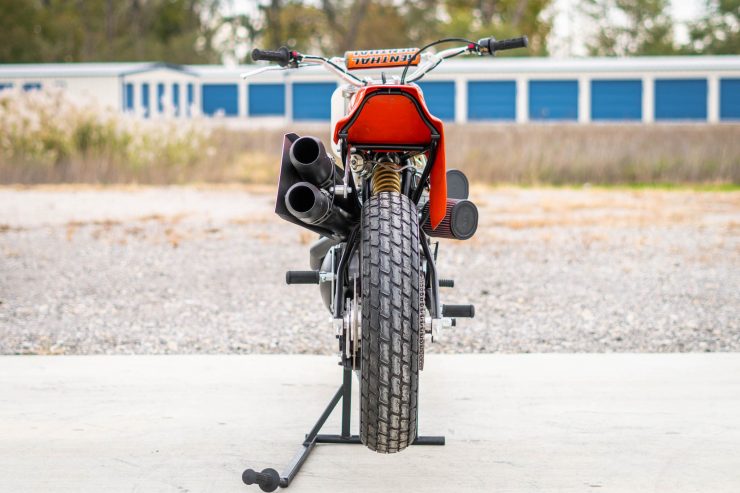
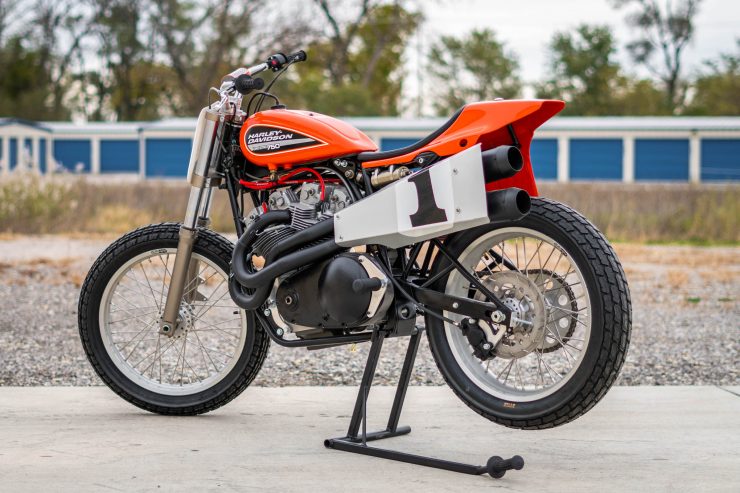
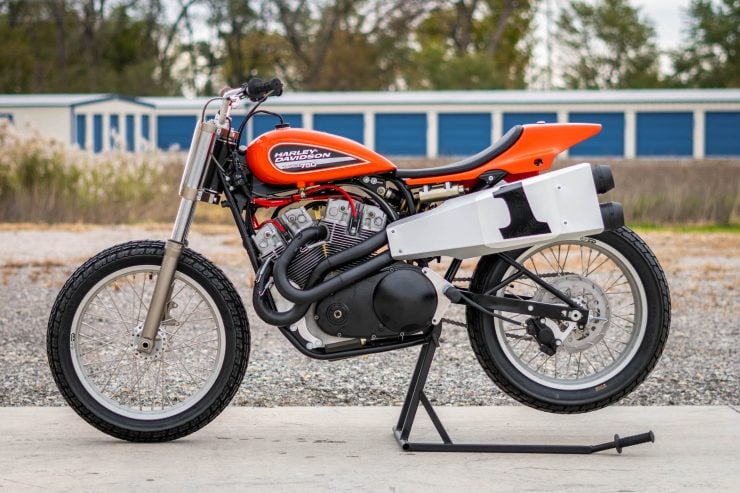
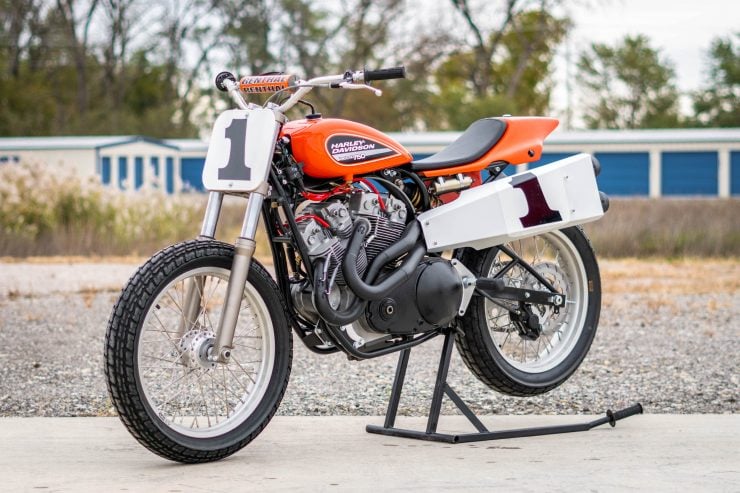
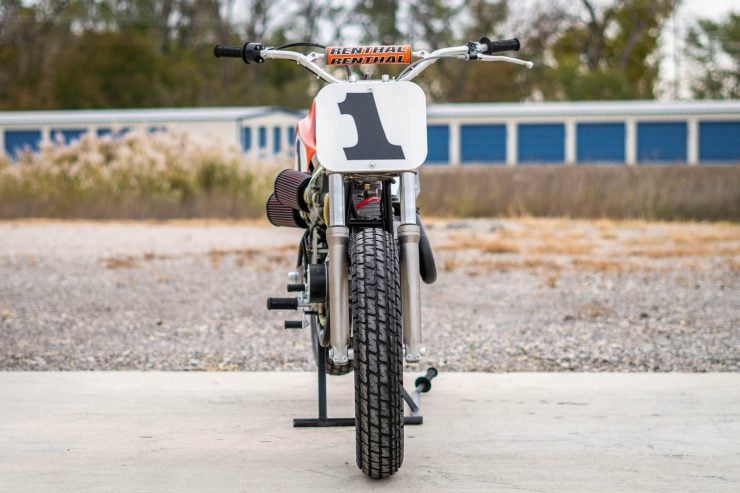
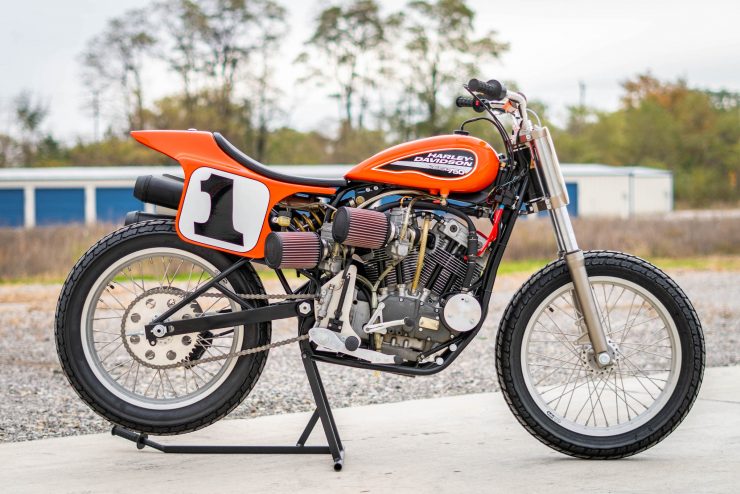
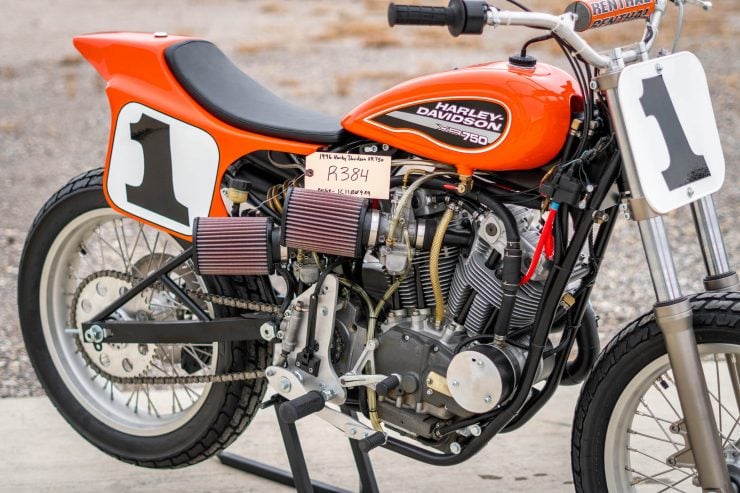
Images courtesy of Mecum

